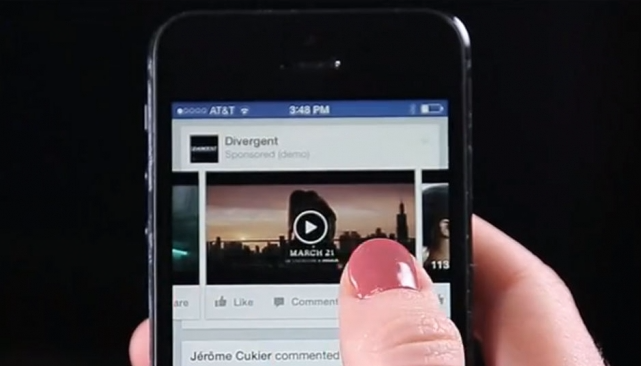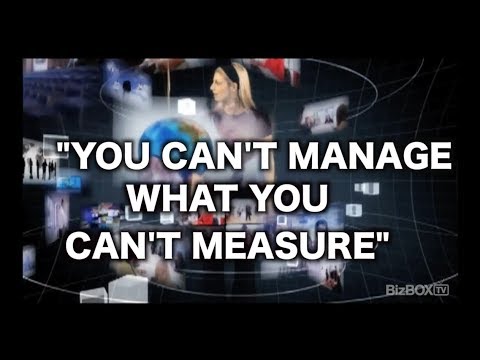Back in 2011, only 6% of YouTube views came from mobile devices. But, things have changed dramatically since then. YouTube …
71% Marketers: Video Converts Best
A new study based on feedback from marketers, confirms that video has been found to convert better than other forms …
DIGITAL vs TRADITIONAL ADVERTISING
Radio, TV, Print OR Online Video best to advertise your business? “You’re seeing a massive shift from traditional media into …
Advertising
Advertising – BizBOXTV Video Advertising Are you looking for a great way to Advertise your business? Whether you have a …
The New Rules for Marketing + Advertising
If you think of marketing as the same thing it was twenty (or even ten) years ago, you’re basically screwed. …
Online Video: Canadians Lead Viewership
“A growing number of Canadians are tossing aside the remote control and TV guide, and turning to their personal computer …



